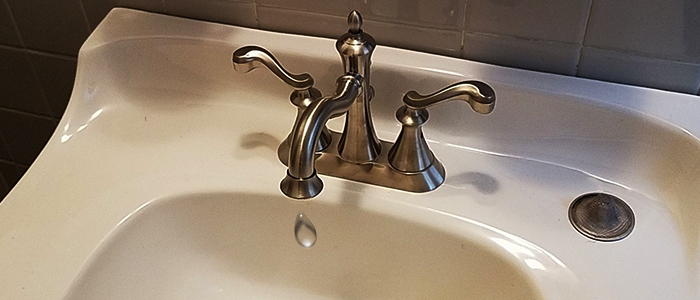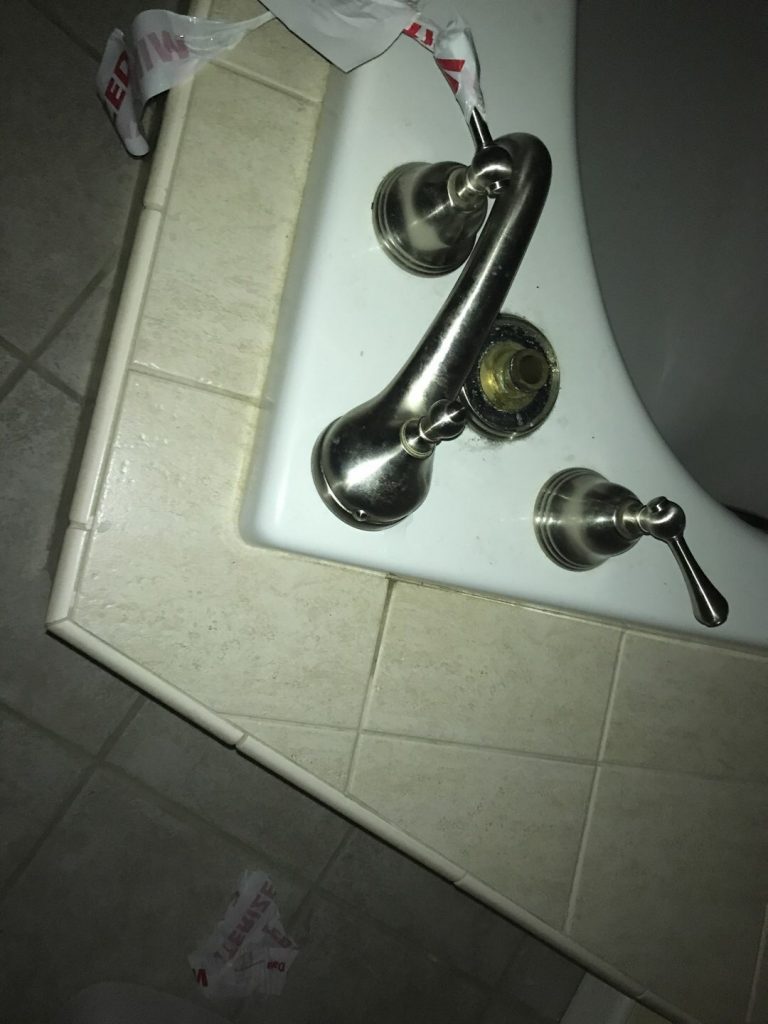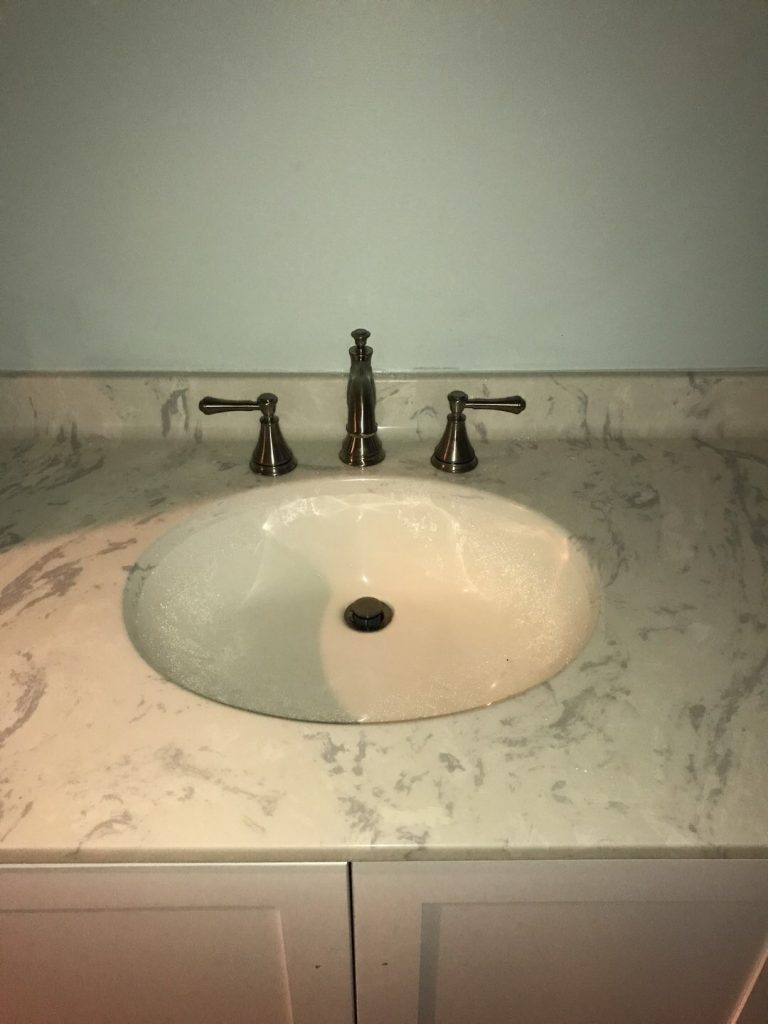Why Do I Have A Leaky Faucet?

A leaky faucet is certainly annoying, but it can also lead to larger issues and add to water bill costs. In most cases, a leaky faucet can be fixed by a homeowner with the right tools. Some common causes for a leaking faucet are corrosion, mineral deposit buildup, damaged parts, improper installation, and in some cases broken plumbing. In addition to the water waste and annoyance the sound of a dripping faucet can cause, a leaking faucet can also cause bigger issues like; water stains, small floods, and the need for larger repairs.
Most Common Causes Of A Leaky Faucet:
- Damaged Parts – You may be dealing with some damaged parts inside your faucet, as this is one of the most common reasons for a leak. A steady drip from your faucet is typically a sign that there is a washer inside that needs replacing. If you have a compression faucet, the seals inside often become damaged due to the pressure it’s put under to allow for the water to keep flowing. If you have a type of faucet that does not have washers (cartridge faucet, or drip and ball faucet), your issue may be with the O-rings, or inlet/outlet seals. If you do in fact have a cartridge faucet and you suspect your O-rings and seals are ok, you may need to replace the cartridge itself.
 Corrosion – Your faucet’s connection to the spout is called a valve seat. Accumulation of water sediment can cause the valve seat to corrode, which could cause leaking around the spout area. Cleaning the valve seat regularly is a good way to avoid this sediment buildup.
Corrosion – Your faucet’s connection to the spout is called a valve seat. Accumulation of water sediment can cause the valve seat to corrode, which could cause leaking around the spout area. Cleaning the valve seat regularly is a good way to avoid this sediment buildup.- Improper Installation – It is a common DIY faucet installation mistake to improperly install washers. As mentioned above, a damaged washer is a very common reason for a dripping or leaky faucet. So, if it is not installed correctly, the same leaking could occur. If the faucet was not installed or sealed correctly, a leaky faucet is also likely. A good way to tell if it (or its parts) were improperly installed is if the leaking starts from day one. If this is the case, it is likely an installation mishap, as it cannot be due to corrosion or damage to old parts.
- Broken Plumbing – In rare cases, a leaky faucet could mean a broken pipe or fitting. Overtime, these can develop cracks which typically leak out into the space below the sink. However, if there are also water pressure problems caused by the crack in the fitting or pipe, you may see a leaky faucet too. If you suspect your sink has broken plumbing, it is important to call your professional plumber before the problem gets any worse.
There are 4 different types of faucets –

- Compression Faucets
- Ball-Type Faucets
- Cartridge Faucets
- Ceramic Disk Faucets
First, identifying which type you have is key in determining the root cause of your leaky faucet. Before you attempt to repair your dripping faucet, you’ll first want to shut off the water under the sink, close the sink drain, and establish a good place to lay out parts in the correct order. You also may want to consider taping the jaws of your wrench to avoid scratching of your fixture, and using distilled vinegar with a soft scrubbing pad to remove mineral deposits on faucet parts.
While fixing a leaky faucet is typically an easy DIY project, when dealing with any plumbing in your home, it is important to make sure the correct problem area is identified and properly repaired. Incorrectly installed plumbing and/or improper DIY fixes could lead to larger plumbing issues. When in doubt, especially when dealing with any sort of water in your home, call the professionals! For any and all plumbing needs contact Kulk’s Plumbing & Heating services (we are available 24-hours for emergency plumbing situations)!
Did you know that there are certain “every-day items” that you shouldn’t be putting down your kitchen sink to avoid clogging? Find out more HERE.

